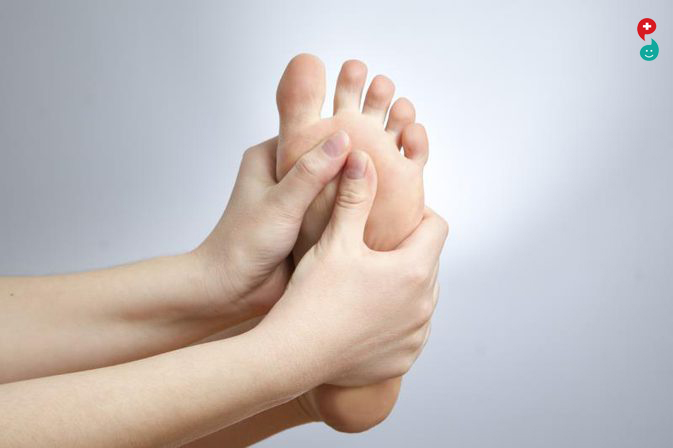
A bone spur, or osteophyte, is a growth off the edge of a bone. Bone spurs most often form next to joints (where two or more bones meet). Despite the name, a bone spur is not a spiky structure, but rather a smooth outgrowth from the bone that has developed over a long period.
A bone spur, or osteophyte, is a growth off the edge of a bone. Bone spurs most often form next to joints (where 2 or more bones meet). Despite the name, a bone spur is not a spiky structure, but rather a smooth outgrowth from the bone that has developed over a long period.
Bone spurs are common as we age, and you may not even know you have them. Most bone spurs cause no signs or symptoms and often do not need to be treated. They may simply show up in tests, such as X-rays and magnetic resonance imaging (MRI) that are done for other conditions.
However, sometimes bone spurs can cause pain or loss of motion in joints. If this happens, talk to your doctor, as treatment may be needed.
What areas of the body are affected by bone spurs?
The most common problem areas for bone spurs are:
• Knees: Over time, bone spurs may cause pain, stiffness, and reduced range of motion (how far a joint can move).
• Hip: Spurs may cause pain and reduced range of motion.
• Spine: Bone spurs on the vertebrae can be a factor in the development of spinal stenosis, a narrowing of the spine in the lower back. This can pinch nerves, causing pain, numbness, and weakness in the legs.
• Shoulder: Motion in the shoulder may be affected by bone spurs rubbing against tendons and muscles in the shoulder’s rotator cuff. This can lead to tendinitis (an inflammation or irritation of a tendon) and a tear in the rotator cuff.
• Hands: Bone spurs can form in the finger joints. This can cause loss of motion and give the fingers a knobby appearance.
• Foot and ankle: Bone spurs may form at the back or bottom of the heel (heel spurs). They may be painful and may require shoe inserts, stretching, or, as a last resort, surgery. Bone spurs are also common in the mid-foot and great toe. Inserts and changes in shoes are the treatments before surgery is considered.
What causes bone spurs?
Bone spurs are most often caused by osteoarthritis, the most common form of arthritis. Osteoarthritis, also called degenerative joint disease, affects people over the age of 65 most often.
As we age, cartilage (the firm rubbery substance that is a cushion between bones and allows joint motion) breaks down. The result can be pain, swelling, and difficulty moving the joints. As time goes on, bone can break down, too. In response, the body develops bone growths (or spurs) near the damage.
What are the symptoms of bone spurs?
Depending on their location, bone spurs can lead to:
• Pain
• Swelling Pain
• Loss of motion in joints
• Weakness and numbness
• Tendon tears (such as rotator cuff tears)







